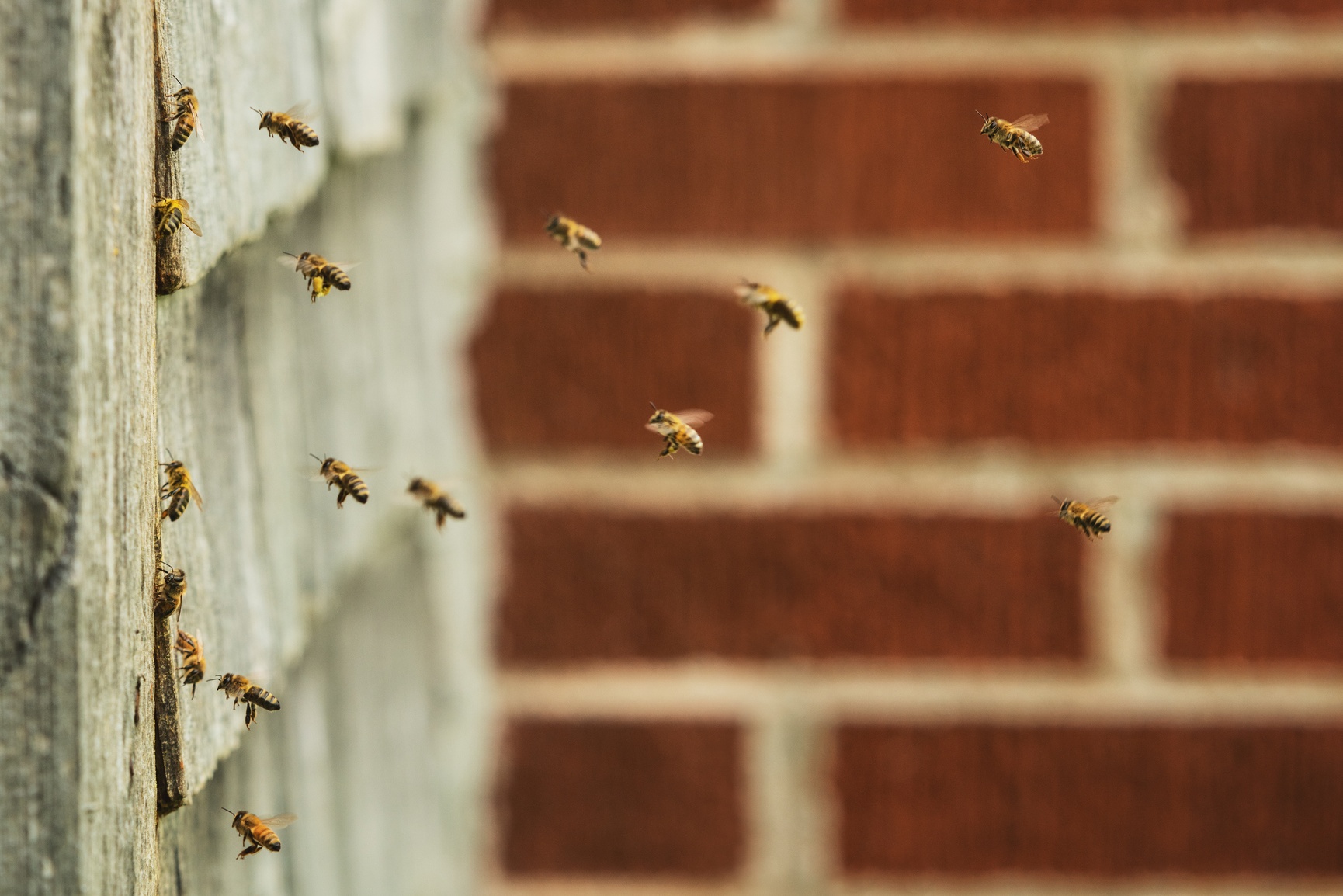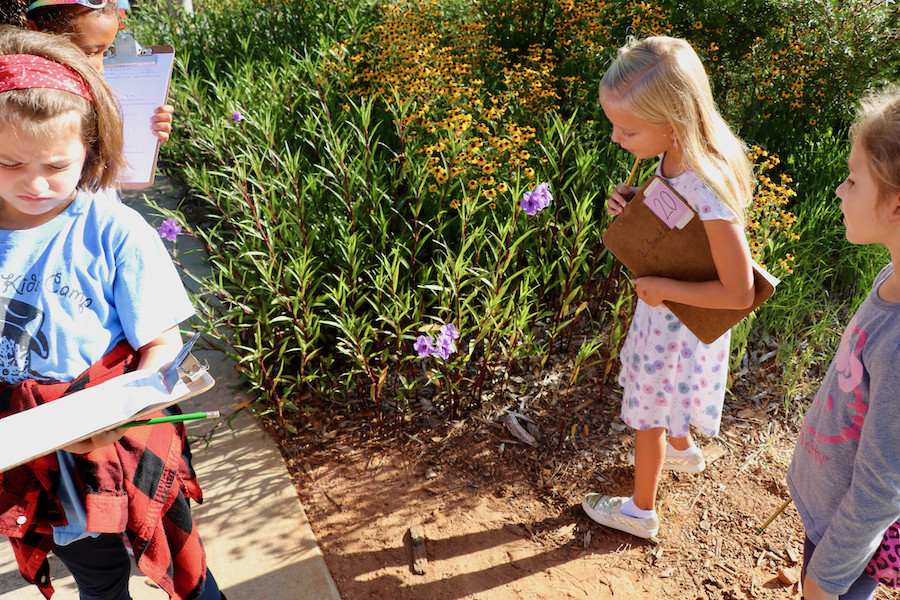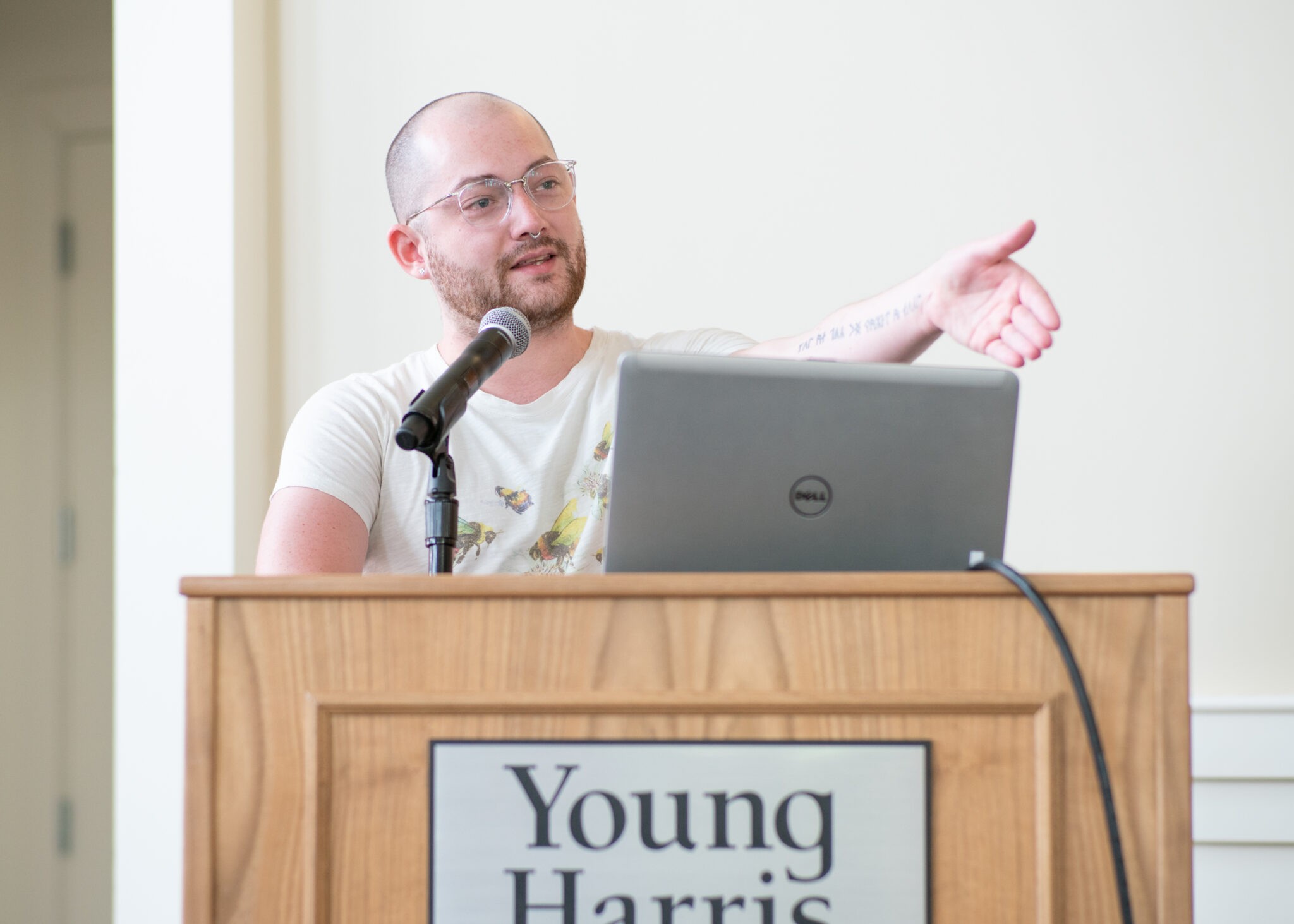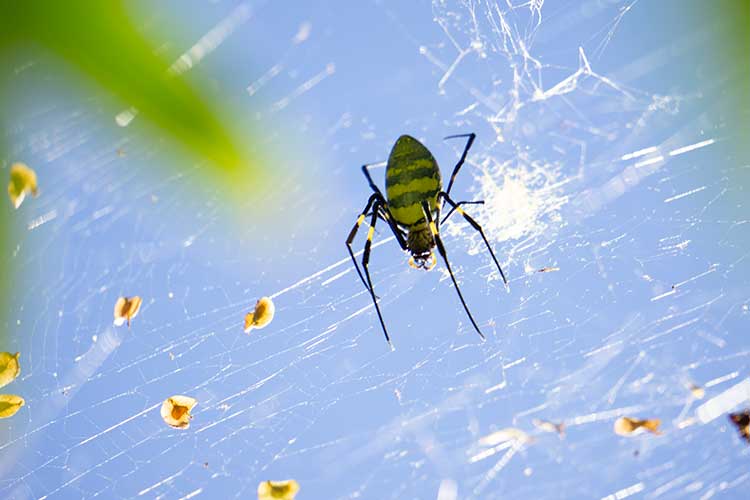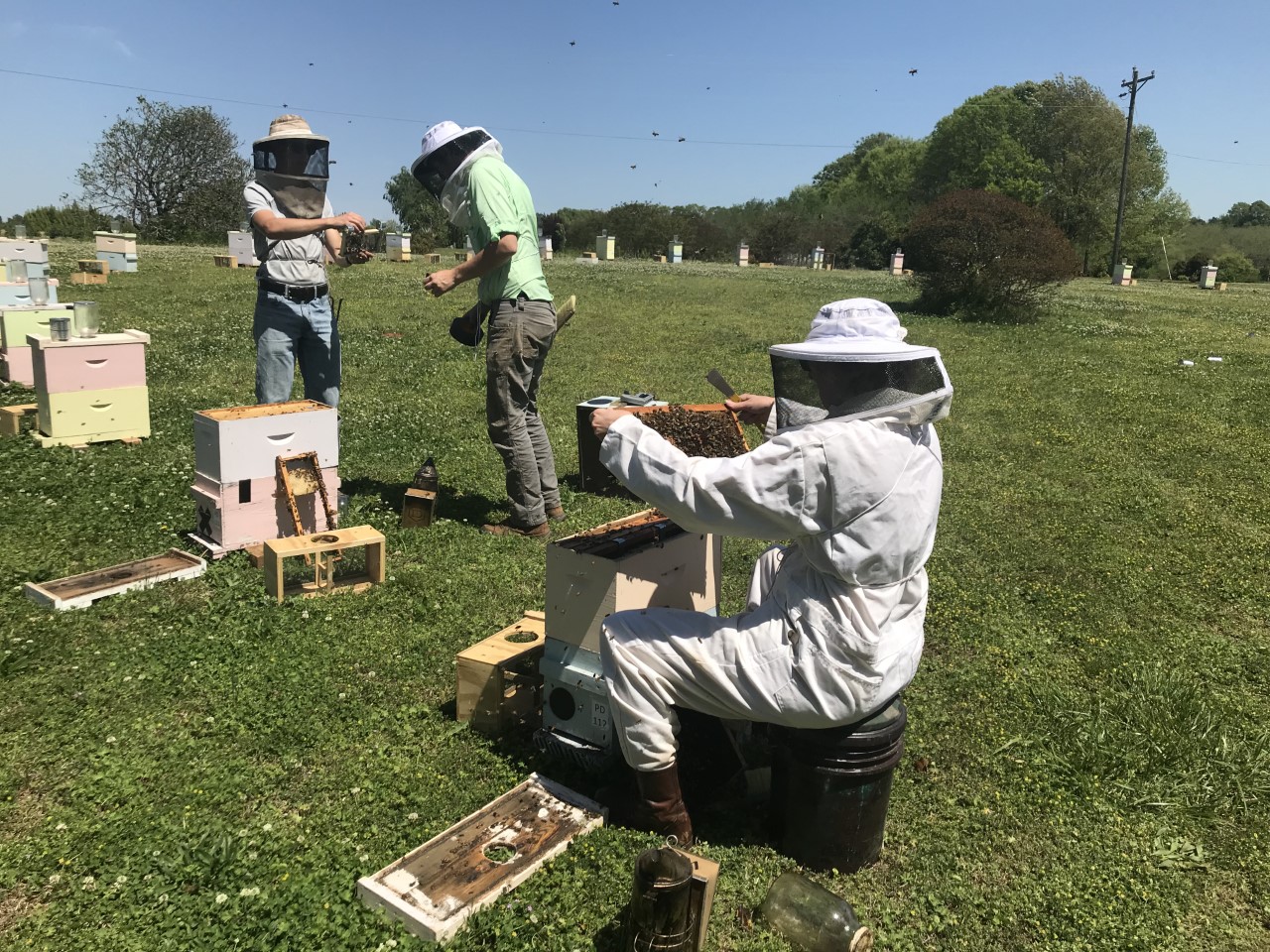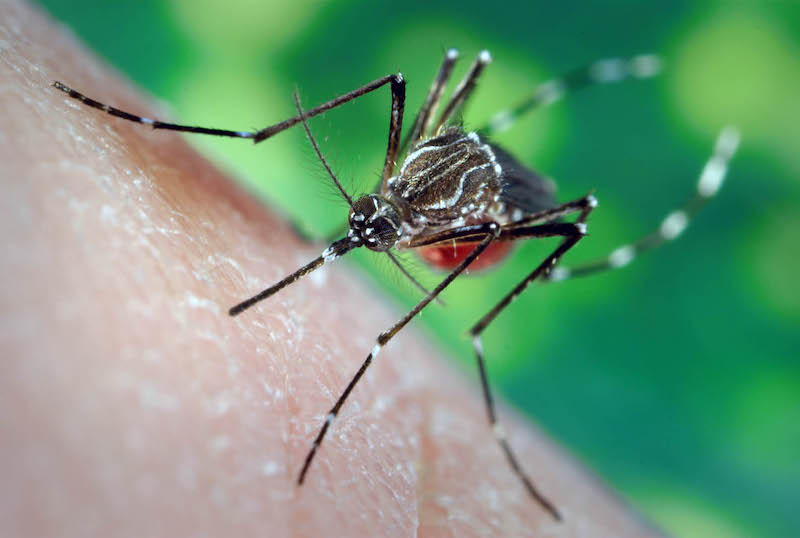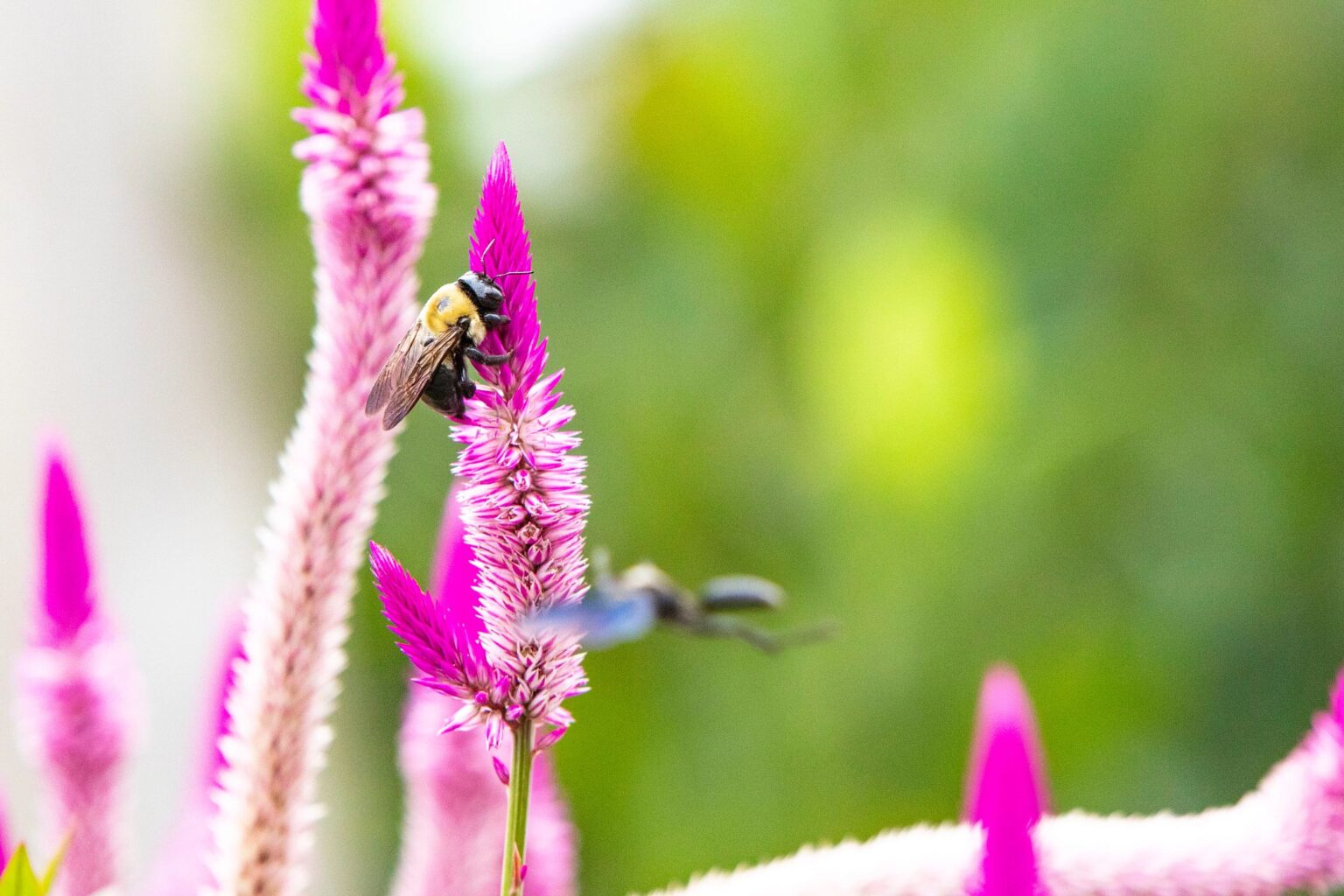 CAES News
CAES News
LEAD 21
Three University of Georgia faculty were chosen to participate in the 19th class of the LEAD21 program, a leadership program aimed at developing leaders in land-grant institutions and their strategic partners who link research, academics and extension for leadership roles at colleges and universities across the nation.

.jpg)
.jpeg)
